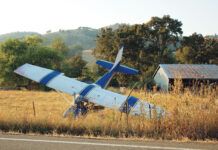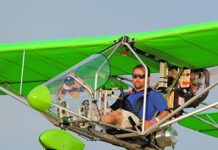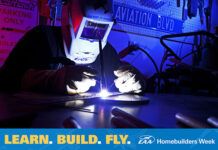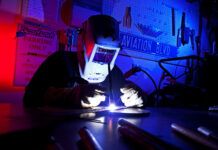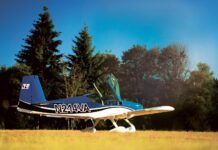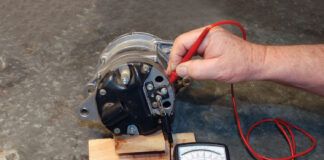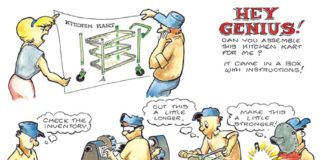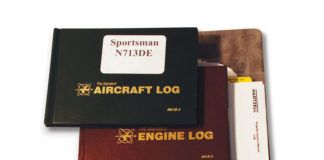MOSAIC discussions started with FAA more than two years ago
 EAA’s proposed weight limit change to 3,600 pounds for light-sport aircraft is part of the current discussions between EAA and FAA prior to any broad MOSAIC (Modernization of Special Airworthiness Certificates) rulemaking, but discussions are still in the formative stage with much work to be done.
EAA’s proposed weight limit change to 3,600 pounds for light-sport aircraft is part of the current discussions between EAA and FAA prior to any broad MOSAIC (Modernization of Special Airworthiness Certificates) rulemaking, but discussions are still in the formative stage with much work to be done.
“There are numerous ideas that have emerged from discussions regarding MOSAIC, which began more than two years ago as informal conversations between EAA and FAA,” said Sean Elliott, EAA’s vice president of advocacy and safety. “One area that emerged was how to help LSA fulfill its full potential. While weight-limit changes are one possibility, a specific number such as 3,600 pounds is something that is still very much in the exploratory stage.”
The entire MOSAIC concept, which EAA previewed at AirVenture 2018, is a sweeping concept that also includes homebuilt certification and unmanned aerial systems (UAS), or drones. The beginning of the FAA rulemaking process is not expected until early 2019. Any proposal for public comment would likely emerge in 2020 at the earliest.
“EAA has been the leader in these discussions with the FAA and has kept other general aviation groups appraised to the progress made,” Elliott noted. “The excellent progress we’ve made with FAA officials thus far includes substantial support from FAA senior leadership following meetings at AirVenture this past summer. It’s important to understand that these elements, such as LSA weight limits and any accompanying expansion of sport pilot privileges, are broad concepts that the FAA will use when beginning its rulemaking process, at which point outside input is not allowed by law.”
The current weight limit of 1,320 pounds of light-sport aircraft was established in the original 2004 sport pilot rule. That limit was a compromise from early FAA proposals that set the weight limit at less than 1,000 pounds. EAA had worked since the mid-1990s on making the sport pilot rule broad enough to be a productive entry point for recreational aviation. EAA’s focus is now on making the category more robust and commercially viable going forward. A reformed LSA category would contain more qualifying aircraft as well as long-sought features including electric propulsion.
MOSAIC also holds substantial promise for flexibility in kit-aircraft construction, while maintaining the longstanding and successful 51-percent rules that have made amateur-built aircraft the fastest-growing area of sport aviation.
“This is a lengthy process, so as much as we might desire rapid change in some areas, the rulemaking process is not built that way,” Elliott said. “It’s also important to think beyond fixating on a specific number in a single area. EAA began by looking at all the possibilities when it first discussed the concept with the FAA as a way to make aviation more accessible and affordable. That’s what we’ll continue to do.”




